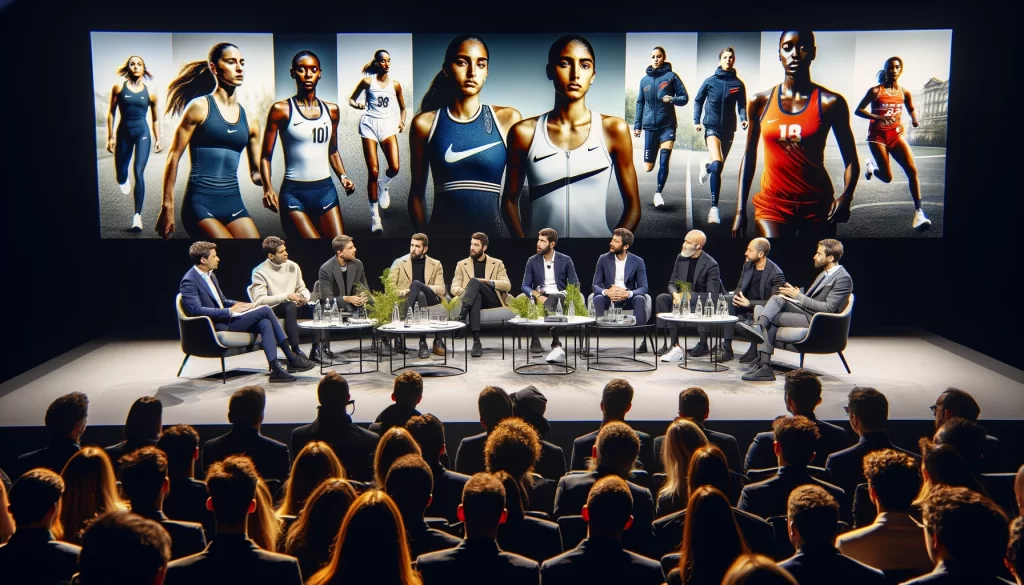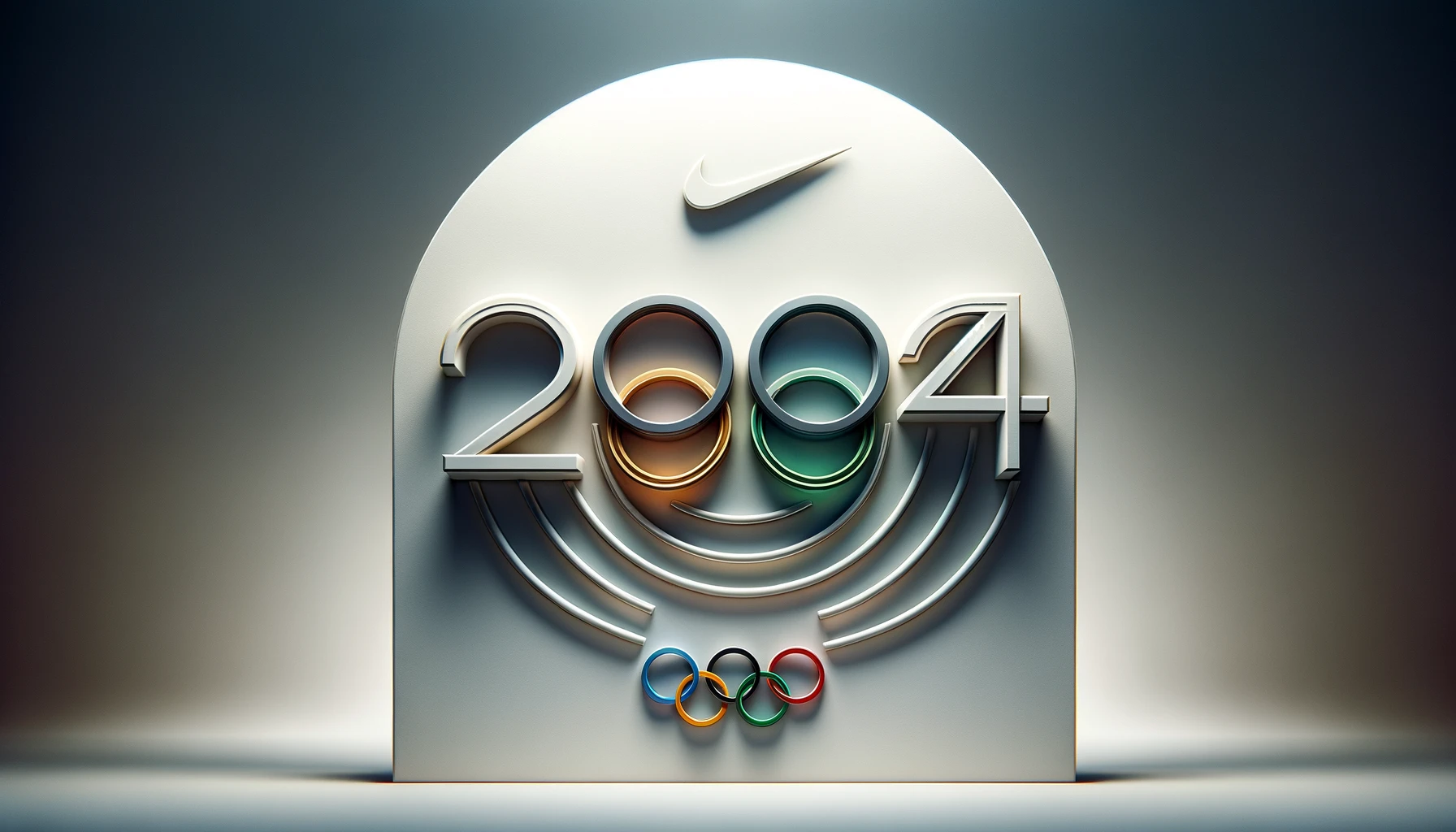Last week, Nike introduced a new line of athletic wear designed for elite competitors in the upcoming 2024 Olympics. Among these new designs, a bodysuit intended for the USA track and field team has sparked a significant amount of debate. This particular outfit, noted for its high-cut hips, has been criticized by both athletes and spectators for appearing uncomfortable and overly revealing.
The issue gained more attention after Citius Mag, a digital magazine focused on track and field, published a comparison of the men’s and women’s uniforms. This comparison highlighted stark differences between the two, leading to accusations of sexism in the design of women’s sports attire.
In defense, Nike responded that the controversial bodysuit is just one option among nearly 50 different styles available for female athletes, which also include more conservative choices like shorts. The company explained, “We showcased some of the new Olympic uniforms at the Nike On Air experience in Paris. However, as we are a few months from the Games and working with limited samples in a limited format presentation, not all looks and styles were featured.”
Furthermore, Nike emphasized its commitment to athlete comfort, particularly for female athletes, by pointing out modifications such as raised necklines on tops. USA Track and Field (USATF) supported this statement, noting that athlete input was a key component of their uniform design process. “Athlete options and choices were the driving force for USATF in the planning process with Nike,” they affirmed.
Sarah Hirshland, CEO of the U.S. Olympic and Paralympic Committee, also weighed in, underscoring the importance of providing athletes with choices that make them feel comfortable. “We want to make sure athletes have choices that they’re comfortable in,” she said during a press conference.

This controversy comes on the heels of recent criticism directed at Nike regarding new uniforms for Major League Baseball, which were described as see-through and poorly made. Now, the focus has shifted to the apparel giant’s treatment of women’s athletic wear, a subject of ongoing debate regarding sexism in sports.
Prominent figures in the sports community have expressed their views on the matter. Lauren Fleshman, a champion U.S. distance runner, criticized the bodysuit displayed on a mannequin for lacking professionalism. She argued on Instagram, “Women’s kits should be in service to performance, mentally and physically. If this outfit was truly beneficial to physical performance, men would wear it.”
Social media users also voiced concerns, with some mistaking the outfit for swimwear and others worried that it could sexualize female athletes due to its minimal coverage.
Olympic gold medalist in pole vaulting, Katie Moon, commented that while the design was problematic, the broader issue of choice in athletic wear for women was critical. “The point is we DO have the choice of what to wear, and whether we feel the best in a potato sack or a bathing suit during competitions, we should support the autonomy,” she stated on Instagram.
Before the backlash, Nike had praised these new uniforms as “the most athlete-informed, data-driven and visually unified the company has ever produced.” According to Nike’s Chief Innovation Officer John Hoke, the uniforms were designed to accommodate a variety of body types and sports disciplines, maximizing functionality and breathability.
Nike has also announced plans to offer custom tailoring for the uniforms at the Olympic Games, ensuring a perfect fit for every athlete. This move is part of their ongoing effort to address the diverse needs and preferences of the world’s top competitors.
This article is based on the following article:

Background Information
By understanding these aspects, readers can better appreciate the complexities involved in designing sportswear for athletes, the impact of these designs on the perception of sports, and the broader social and commercial contexts in which these events and decisions occur.
1. Sportswear in Athletics
Sportswear is specifically designed to improve performance and provide comfort while athletes are competing or training. Good athletic wear takes into account factors like breathability, flexibility, and the specific movements required in a sport. For track and field athletes, this might mean lightweight materials that reduce drag and allow for full range of motion. Sportswear companies often use advanced technology and materials to create outfits that can even enhance performance.
2. Importance of Athlete Input
When designing sportswear, feedback from athletes is crucial as they are the end users who experience the clothing in action. Athletes can provide insights into what works well and what does not, based on their performance needs and personal comfort. For example, they can comment on how well the clothing moves with their body or how it handles sweat. This input helps manufacturers like Nike to tailor their products more effectively to meet athletes’ needs.
3. Sexism in Sports Attire
Sexism in sports attire refers to the unequal and sometimes inappropriate representation and treatment of female athletes through the clothing designed for them. This often involves making women’s sportswear more revealing or styled differently than men’s for reasons that do not relate to performance, which can lead to discomfort and objectification. Discussions around sexism in sportswear also include how these designs may affect the public perception of female athletes and their sports.
4. Role of Corporations in Sports
Companies like Nike play a significant role in the sports industry through sponsoring teams, designing custom sportswear, and marketing athletes. These corporations have a powerful influence on public perception and the commercial aspects of sports. Sponsorships can help athletes financially and give them access to the latest technological advancements in sportswear. However, corporations also need to balance profit motives with the genuine needs and values of athletes.
5. The Olympic Games
The Olympics are a global sporting event where athletes from around the world compete in a variety of sports. The games are highly publicized and watched by millions, making them a significant platform for sportswear companies to showcase their products. The design of Olympic uniforms often receives a lot of attention, both for their technological innovations and their cultural impact.

Debate/Essay Questions
- Does revealing athletic wear contribute to sexism in sports? If so, how? If not, what does then?
- Should performance be the only consideration in designing sports uniforms, or should aesthetics also play a significant role?
- Is it appropriate for sports attire to have different designs for men and women, or should all athletes wear the same styles?
Please subscribe to Insight Fortnight, our biweekly newsletter!
